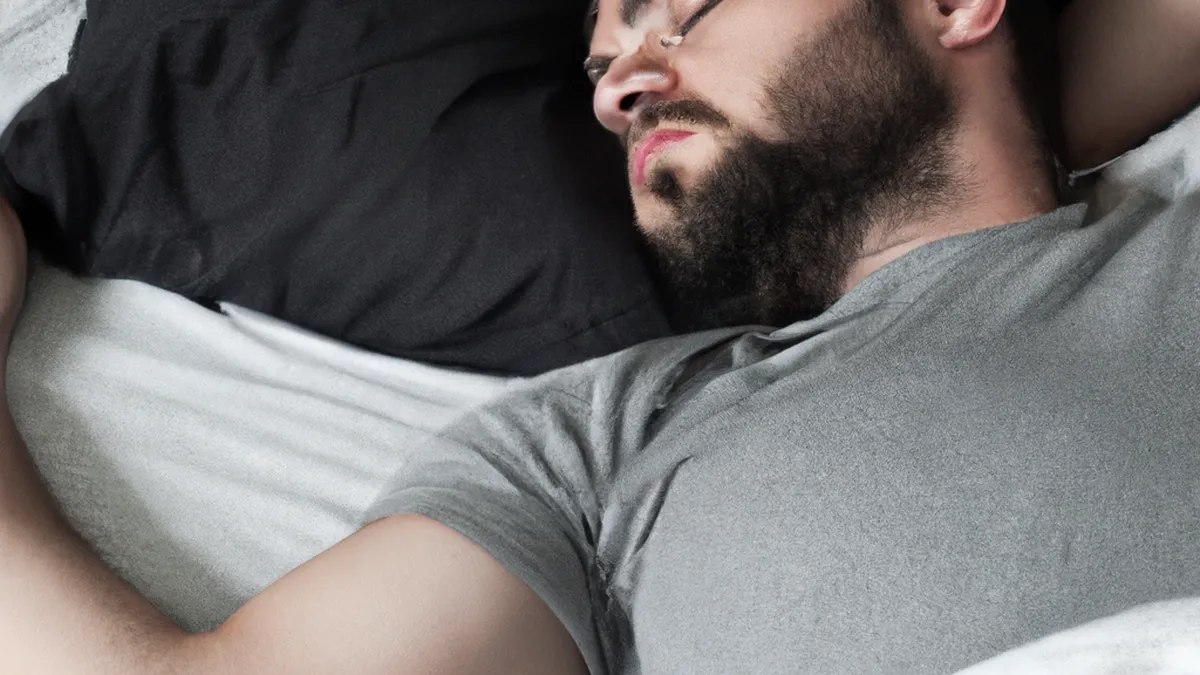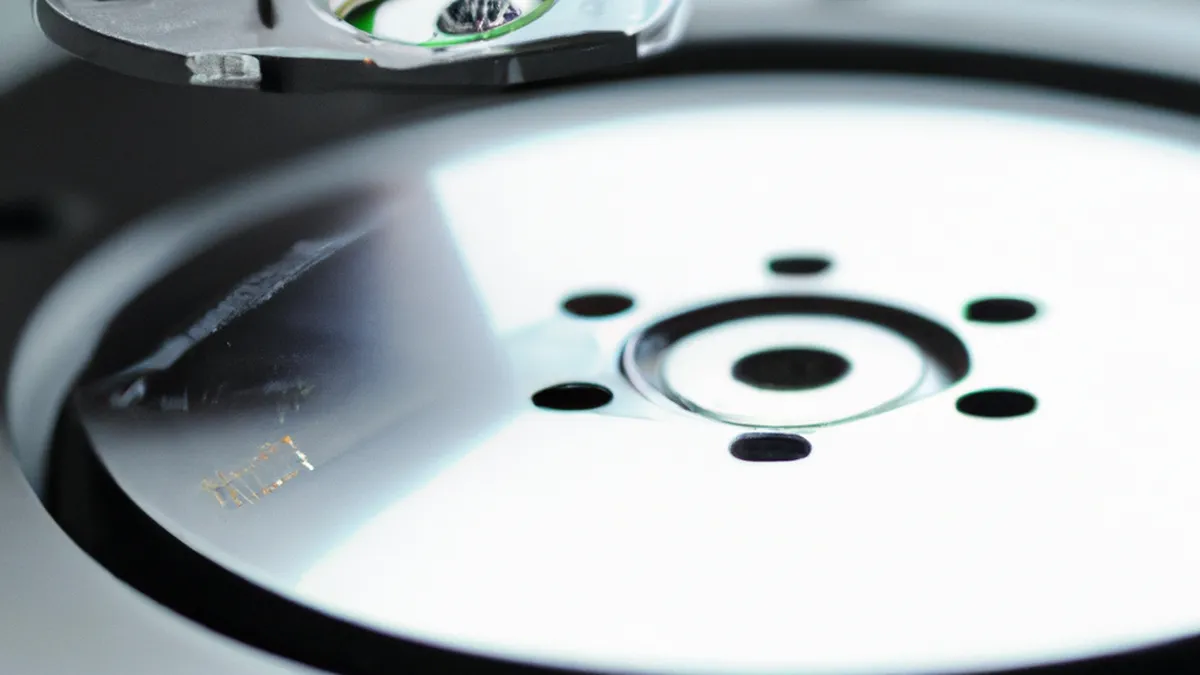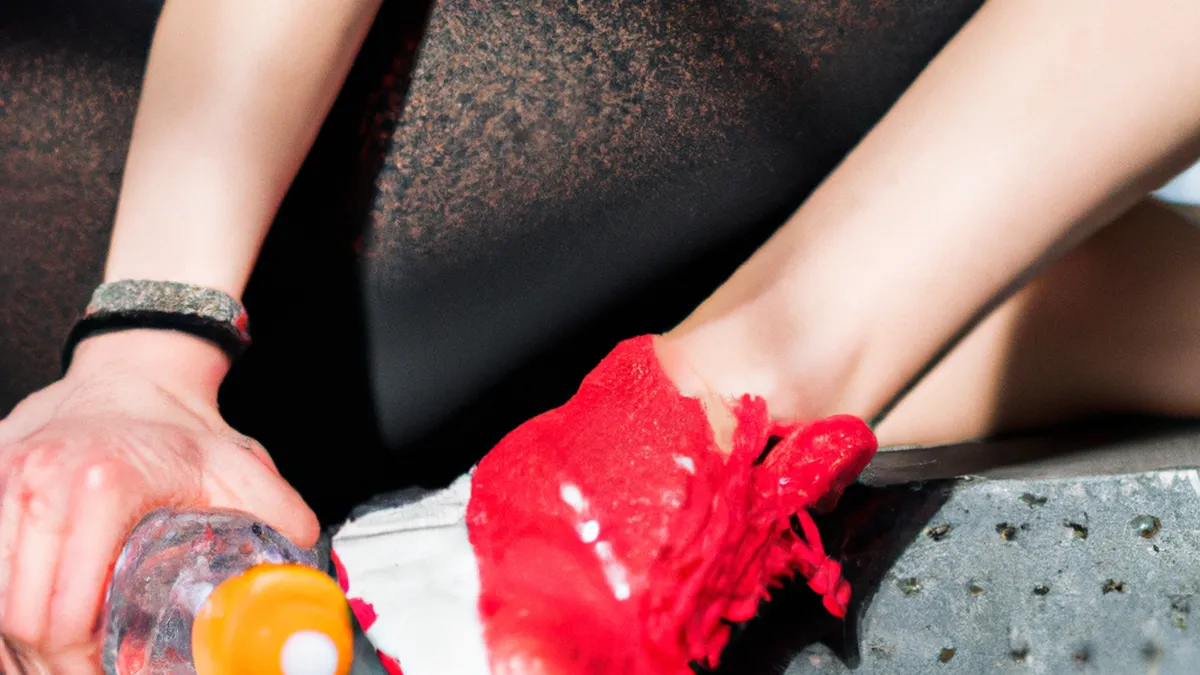Boost Performance with Strategic Napping
Napping Strategies for AthletesAthletes face unique recovery challenges. Rigorous training and competition pressures can cause fatigue and burnout. Quality sleep boosts physical performance and mental clarity. Napping serves as a powerful recovery tool for many athletes. This article explores effective napping strategies to help athletes maximize potential and maintain peak condition.
Understanding the Need for Naps
Athletes need more sleep than average. Intense training and competition require adequate rest and recovery. Sleep aids muscle repair, cognitive function, and well-being. Busy training schedules often hinder sufficient nighttime sleep. Napping bridges the gap between nighttime sleep and training sessions. It also combats fatigue from long training hours and travel.
Why Napping Matters
Napping offers many benefits for athletes. First, it significantly improves alertness and performance. A short nap boosts focus, keeping athletes sharp during training and competitions. Second, napping enhances mood and emotional resilience. A quick recharge uplifts spirits, reduces stress, and improves mental health. Lastly, naps support physical recovery. They accelerate muscle repair and enhance performance by promoting efficient recuperation.
Tips for Effective Napping
As an Amazon Associate I earn from qualifying purchases.
Gear tip: consider white noise machine, aromatherapy diffuser, and sleep mask to support this topic.
Athletes should consider several strategies to maximize nap benefits. Here are practical tips to enhance the napping experience:
1. Timing is Everything
Choose the right time to nap. Aim for early afternoon, ideally between 1 PM and 3 PM. This timing aligns with natural circadian rhythms. Napping too late can disrupt nighttime sleep. Keep naps short and strategically timed to help athletes feel refreshed.
2. Keep It Short
Limit nap duration to 20-30 minutes. This timeframe allows light sleep without entering deeper stages. Waking during deep sleep causes grogginess and disorientation. A short nap rejuvenates athletes for workouts or competitions.
3. Create a Restful Environment
Make your napping space conducive to rest. Use a dark, quiet room to minimize distractions. Consider eye masks, earplugs, or white noise machines to block out disturbances. A comfortable mattress or sleeping pad significantly improves nap quality.
Conclusion
Napping provides essential recovery benefits for athletes. By implementing effective strategies, athletes can enhance performance and maintain peak condition.
Below are related products based on this post:
FAQ
Why do athletes need naps?
Athletes require more sleep than the average person due to the intense demands of training and competition. Napping helps bridge the gap when nighttime sleep is insufficient, addressing fatigue and enhancing recovery. It supports muscle repair and cognitive function, essential for maintaining peak performance.
What are the benefits of napping for athletes?
Napping significantly improves alertness, focus, and overall performance for athletes. It also enhances mood and emotional resilience, reducing stress and improving mental health. Additionally, naps promote physical recovery by accelerating muscle repair and ensuring efficient recuperation.
How can athletes maximize the effectiveness of their naps?
Athletes can maximize nap effectiveness by timing their naps strategically, ideally between 1 PM and 3 PM. Keeping naps short, around 20-30 minutes, prevents grogginess and ensures a refreshing experience. Creating a restful environment with minimal distractions further enhances the quality of the nap.















Post Comment